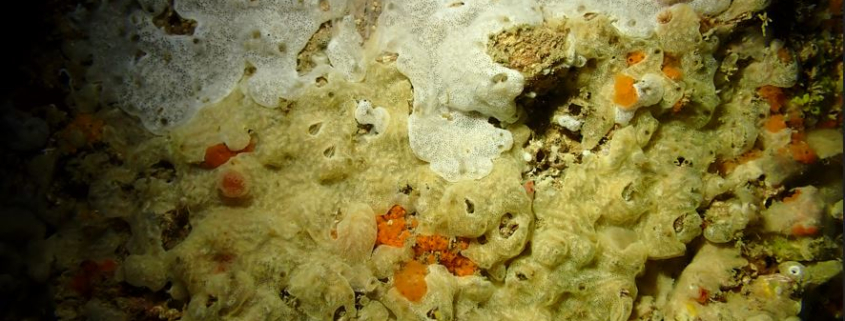Eco-design and pre-seeding among options to encourage healthy port marine life
Pre-seeding new port structures to encourage the colonisation of native species is one of the mitigation measures against invasive marine plants and animals, outlined in a new report prepared for the WAMSI Westport Marine Science Program.
The literature review by Curtin University School of Molecular and Life Sciences Adjunct Professor Fred Wells lists many of the invasive marine species that have been recorded in waters around Perth and mitigation measures that could be used during any port construction.
Pre-seeding works by attaching local, fast-growing species to a new structure. The common mussel is one option identified in the report.
Professor Wells said invasive marine species were a worldwide problem and shipping was the most common way they spread to coastal areas. Ninety-eight percent of trade in and out of Australia is on vessels.
“Invasive marine species are concentrated on artificial surfaces and eco-engineering is a new field that attempts to encourage biodiversity and prevent potential marine pests taking hold,” Professor Wells said.
“The risk of introducing new species is greatest during construction but experience during the construction boom in the Pilbara demonstrated the issue is manageable.”
Professor Wells said eco-design was a new and evolving field that could help improve the biodiversity of the marine community that develops underwater, while minimising the risk of invasive species.
“Current design procedures tend to create uniform habitats, such as seawalls with smooth vertical faces. The lack of habitat diversity reduces the biodiversity of the marine community that develops on the structure. “
“Increasing the habitat diversity of new immersed structures and pre-seeding them with native species appear to be the most promising ways for mitigating against species that can cause ecological harm and prove expensive.”
Professor Wells said the biggest threats from invasive species to marine ecosystems were introducing disease, displacing native species, changing the ecology of native communities, clogging pipes and damaging other critical infrastructure.
The report, which was done to understand potential risks, is a literature review of invasive marine species from Cottesloe to Cockburn Sound, including waters around Fremantle and the Swan River.
A comprehensive survey more than a decade ago recorded 60 introduced marine species living in WA waters. Three were on the national marine pest list. Four additional marine pests were subsequently recorded in WA.
“Fortunately, most introduced marine species are apparently innocuous, causing no known adverse effects and we know only a small portion become pests,” Professor Wells said.

